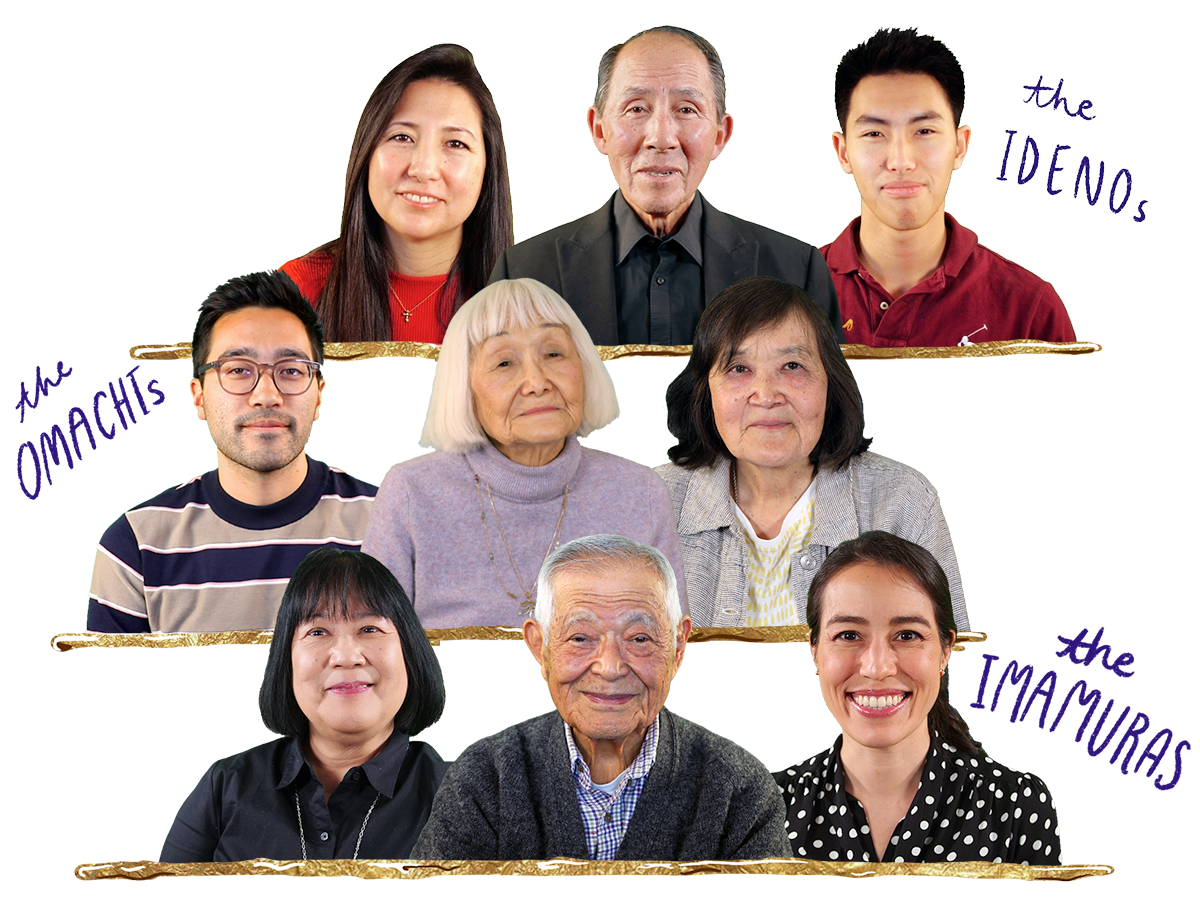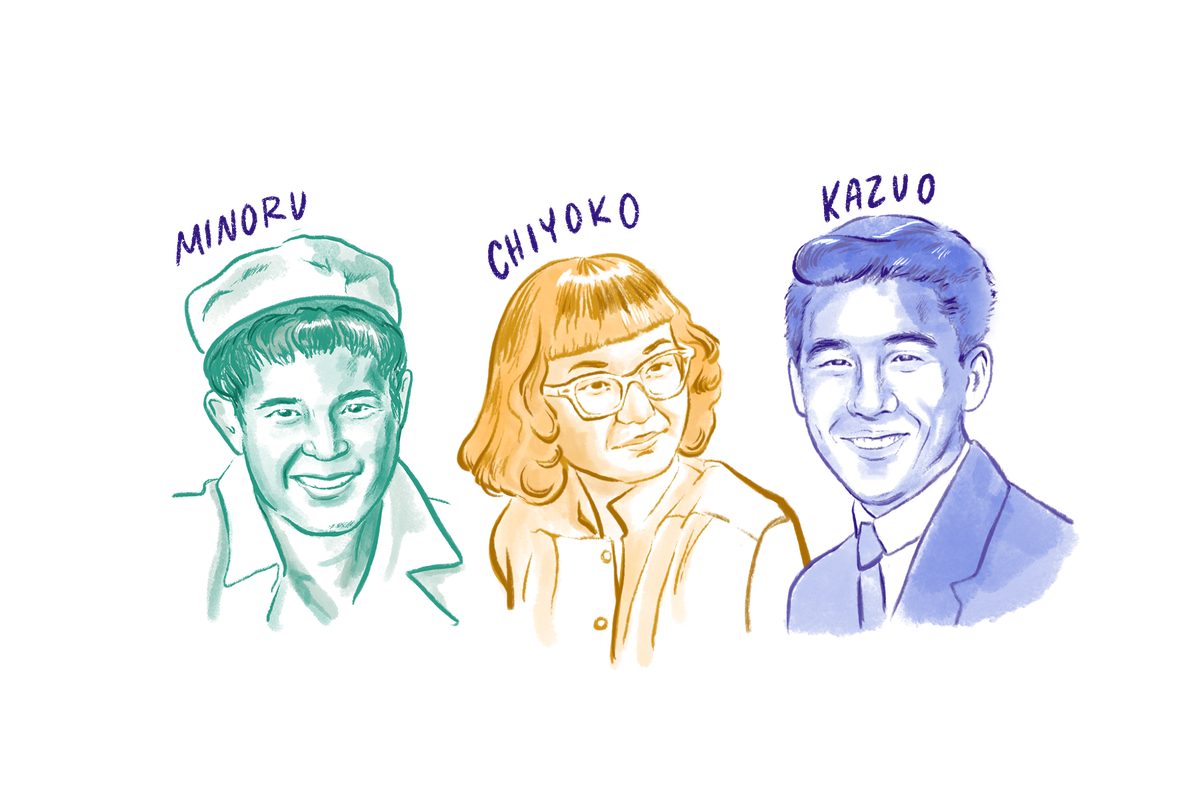





More than 70 years ago, in the name of national security, the U.S. government incarcerated 120,000 American citizens and legal residents without due process and without constitutional protection. Three of those 120,000 people were Minoru Imamura, Chiyoko Omachi, and Kazuo Ideno.
Following Japan’s bombing of Pearl Harbor in Hawaii on December 7, 1941, the U.S. entered World War II. By February, President Franklin D. Roosevelt issued Executive Order 9066, setting in motion the forced removal and incarceration of all people of Japanese ancestry living on the West Coast.
Minoru, Chiyoko, and Kazuo were uprooted from their homes and imprisoned in camps located in remote deserts and swamps. Armed guards, watch towers, and barbed wire surrounded them.
During the war years, the government banned Japanese Americans from returning home to the West Coast. Instead, Japanese Americans were instructed to resettle across the Midwest and East Coast, with more people ending up in Chicago than any other city. Minoru, Chiyoko, and Kazuo were part of a wave of around 20,000 Japanese Americans who came to Chicago.
The stories of people like Minoru, Chiyoko, and Kazuo who experienced incarceration and resettlement firsthand are missing from most U.S. history textbooks. In this interactive experience, follow their lives from the West Coast to Chicago, ask them questions along the way, and trace the effects of World War II incarceration on their children and grandchildren.